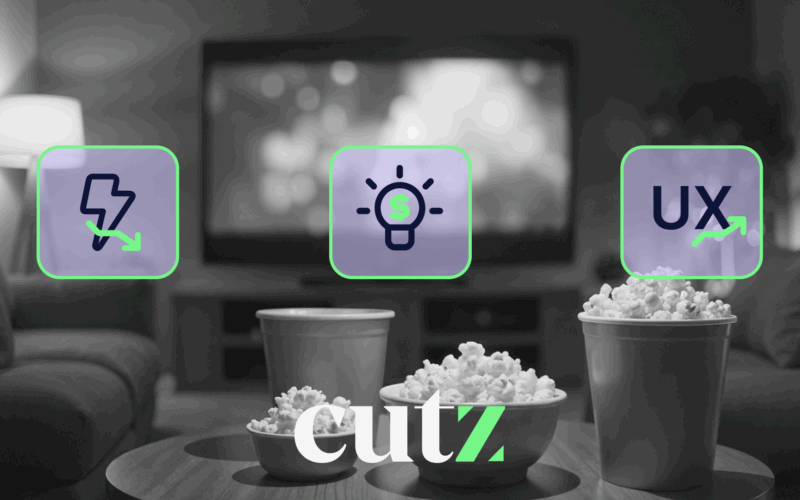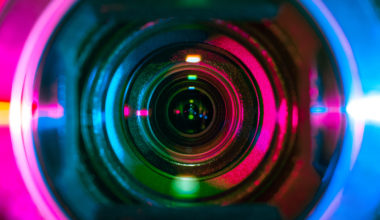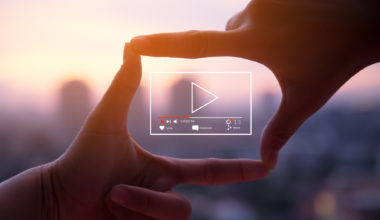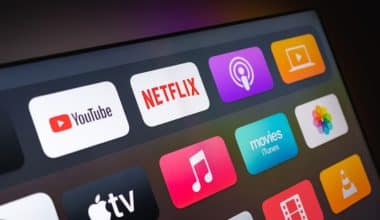The streaming industry is caught in a paradox of its own making, driven by an addiction to a wasteful bitrate. In the race for higher resolution, platforms push for 4K and 8K, but this pursuit of ‘absolute quality’ comes at a staggering cost. With video dominating internet traffic, the expenses are skyrocketing, and users suffer from buffering. This is where the Eco-Video philosophy offers a cure, challenging the notion that more is always better. Every excess bit streamed represents a triple threat: a direct hit to operational costs, a risk to audience retention, and a needless drain on energy, from the data center to the viewer’s device.
This is the environment into which a new philosophy, dubbed Eco-Video is emerging. It proposes a radical but simple redefinition of efficiency: the best video quality is not the mathematical maximum, but the one that delivers a perfect perceptual experience using the minimum possible resources. This is not just an ecological argument; it’s a critical economic strategy to restore sanity to streaming budgets. While the « eco » branding suggests environmental consciousness, its core value proposition is unapologetically financial: slashing the hidden costs baked into every stream.
A new set of rules for encoding
Eco-Video is not a new codec or a piece of hardware but an intelligent encoding methodology applicable today, built on three fundamental principles designed to combat bitrate waste.
First, it posits that quality must be adaptive, not just the bitrate. Traditional Adaptive Bitrate (ABR) ladders are a blunt instrument. For a given bitrate target, Eco-Video’s methodology dynamically adjusts compression based on the content of the scene itself, using psychovisual optimization techniques. It avoids wasting bits on simple scenes and allocates them intelligently for complex ones, ensuring a visually consistent quality without the massive data spikes that cause buffering. The result is a controlled, stable bitrate ideal for VOD and even demanding live events.
Second, optimization is perceptual, not absolute. The industry has long been obsessed with objective metrics like PSNR (Peak Signal-to-Noise Ratio). However, Eco-Video operates on the premise that if the human eye cannot perceive a difference, there is no value in encoding it. It willingly accepts a slightly lower objective score if the change is imperceptible to the viewer, a result validated by modern perceptual metrics like VMAF. This approach is guided by a powerful motto: « What is not seen does not need to be encoded. » This directly translates into reduced processing and storage needs.
Finally, the user experience is the ultimate priority. By controlling and lowering peak bitrates, the methodology drastically reduces the risk of rebuffering. With studies showing that viewers will abandon a poor-quality stream within the first four minutes, ensuring smoother playback directly correlates to higher audience retention and satisfaction—a metric every subscription service depends on for survival.
The triple-gain proposition
The economic and operational impact of this approach is immediate and measurable, delivering a « triple gain » for providers, users, and the planet.
For distribution and operations, the numbers are compelling. Providers can achieve a 20% to 30% reduction in average bitrate at the same perceptual quality, with a staggering 50% reduction in the maximum bitrate. Because the method is codec-agnostic and requires no special infrastructure, these savings directly translate into lower CDN and storage costs without expensive overhauls. For a service spending millions on delivery, this level of saving can fundamentally alter its profitability.
For the user, the benefit is a superior quality of experience. Fewer buffering events and more consistent visual quality lead to a less frustrating, more engaging session. A happy viewer is a loyal subscriber.
And for the planet, the gains are a welcome bonus. Less data transferred means less energy consumed by network infrastructure, while simpler decoding requirements help preserve the battery life of mobile devices.

The « Eco-Video » streaming standard
To drive market adoption, proponents are calling for the creation of an « Eco-Video » standard and logo, which would certify that a stream meets a higher standard of efficiency. For the first time, this would allow a way to distinguish an efficient stream from a wasteful one, creating a new competitive metric centered on economic and ecological responsibility.
This logo would guarantee:
- A streamed content with superior bitrate-to-quality efficiency compared to current standards.
- A stable and optimized user experience.
- A reduced energy footprint.
The challenge now is to rally industry partners to define and implement this standard. With a patented technology ready for deployment, the groundwork is already laid for a more sustainable—and profitable—streaming future.
1- https://blog.cutz.cloud/eco-video-un-avenir-numerique-responsable/






